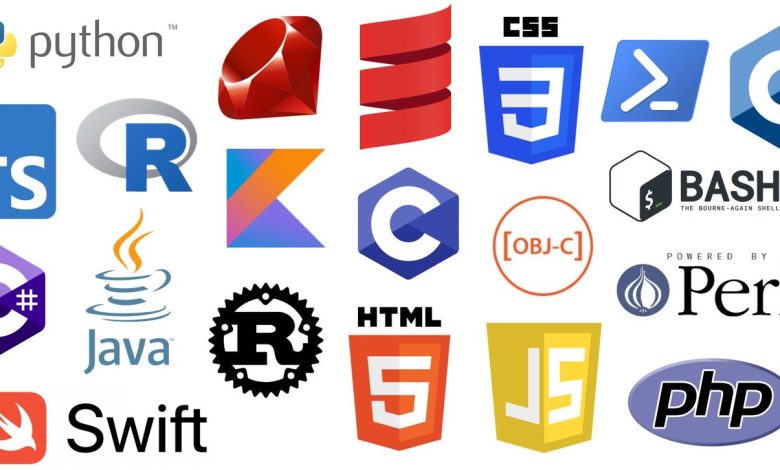Rust Programming Language: Why Everyone Is Talking About It

Rust has rapidly gained popularity in the developer community due to its performance, safety, and modern features. Known for preventing memory errors and offering concurrency without the common pitfalls of C or C++, Rust is being adopted in systems programming, web development, and blockchain projects.
In this article, we’ll explore why Rust is attracting attention, its key features, and why developers should consider learning it.
1. What is Rust?
- Rust is a systems programming language designed for safety, speed, and concurrency.
- Developed by Mozilla in 2010, Rust aims to eliminate memory-related bugs like null pointer dereferences and buffer overflows.
- It combines the performance of C/C++ with modern syntax and tools.
2. Key Features of Rust
2.1 Memory Safety Without Garbage Collection
- Rust uses a borrow checker to ensure memory safety at compile time.
- Developers can manage memory efficiently without manual allocation or garbage collection.
2.2 Concurrency and Parallelism
- Rust prevents data races by enforcing safe concurrency rules.
- Ideal for multi-threaded applications where performance and safety are critical.
2.3 High Performance
- Rust is compiled to native code, providing performance similar to C/C++.
- Suitable for applications where speed and low latency are required, such as game engines, operating systems, and embedded systems.
2.4 Modern Syntax and Tooling
- Rust offers a friendly syntax with powerful abstractions.
- The Cargo package manager and Crates.io ecosystem simplify dependency management and project setup.
2.5 Cross-Platform Development
- Rust supports multiple platforms including Windows, macOS, Linux, and WebAssembly.
- Enables developers to build safe, high-performance applications for a wide range of systems.
3. Why Developers Are Excited About Rust
- Reliability: Rust eliminates many common runtime errors.
- Community Growth: A passionate, active community and excellent documentation.
- Adoption in Industry: Companies like Microsoft, Google, Amazon, and Discord are using Rust in production.
- Versatility: Used for system-level programming, web backends, blockchain, and game development.
4. Rust vs Other Languages
| Feature | Rust | C/C++ | Go | Python |
|---|---|---|---|---|
| Memory Safety | ✅ Compile-time | ❌ Manual | ✅ GC | ✅ GC |
| Concurrency | ✅ Safe | ❌ Risky | ✅ Easy | Limited |
| Performance | High | High | Moderate | Moderate |
| Learning Curve | Medium | High | Low | Low |
💡 Tip: Rust has a steeper learning curve than Python or Go, but the payoff in safety and performance is substantial.
5. Getting Started with Rust
- Install Rust via rustup (official installer).
- Use Cargo to create and manage projects.
Explore learning resources:
- Online tutorials and coding challenges
- Rust by Example
- The Rust Book (official)
Conclusion
Rust is gaining attention because it offers a unique combination of safety, speed, and modern features. Developers seeking to write high-performance, reliable, and concurrent software will find Rust an invaluable tool.
Whether for systems programming, web backends, or blockchain projects, learning Rust positions developers for future-proof careers in cutting-edge technology.

